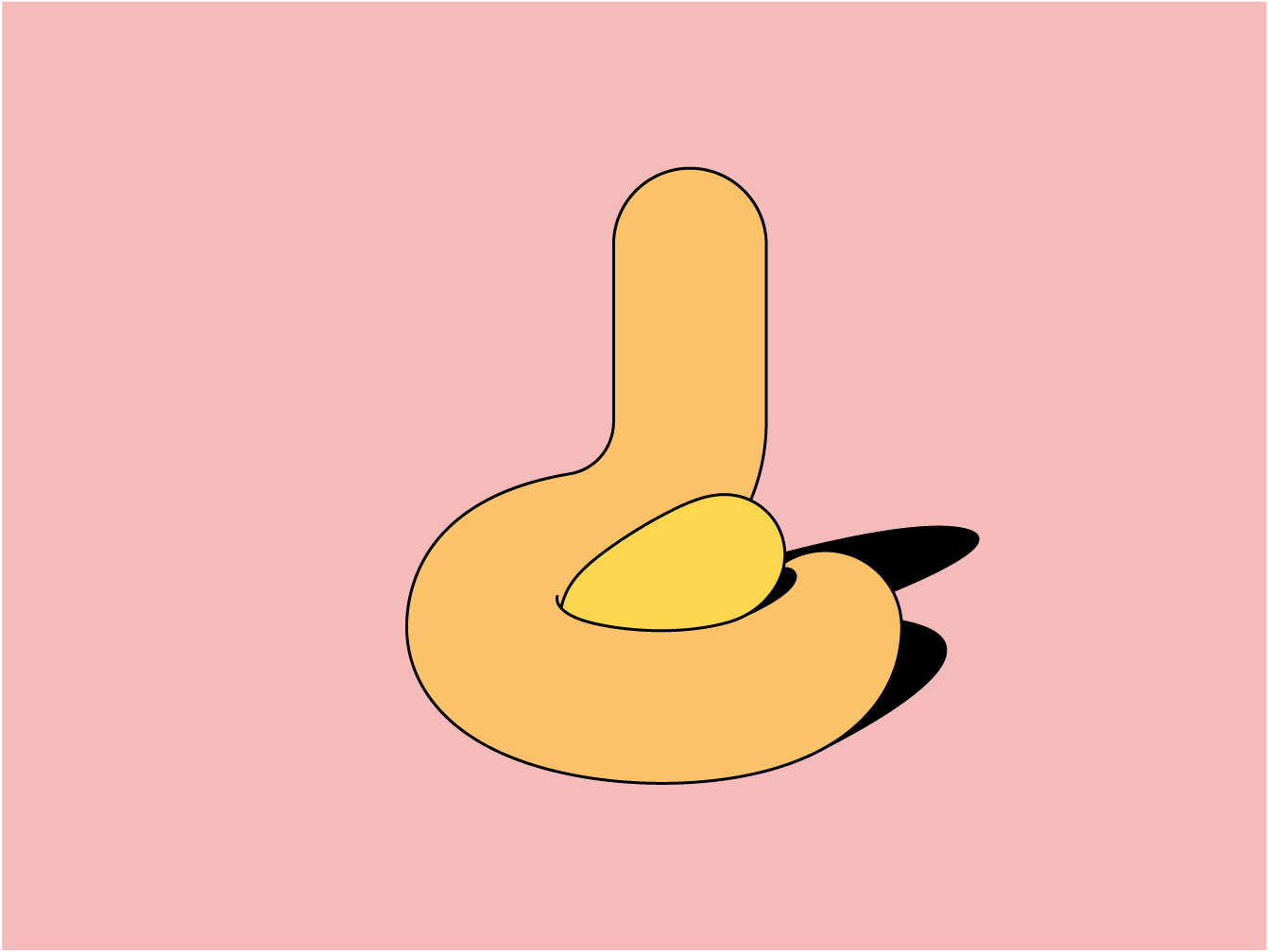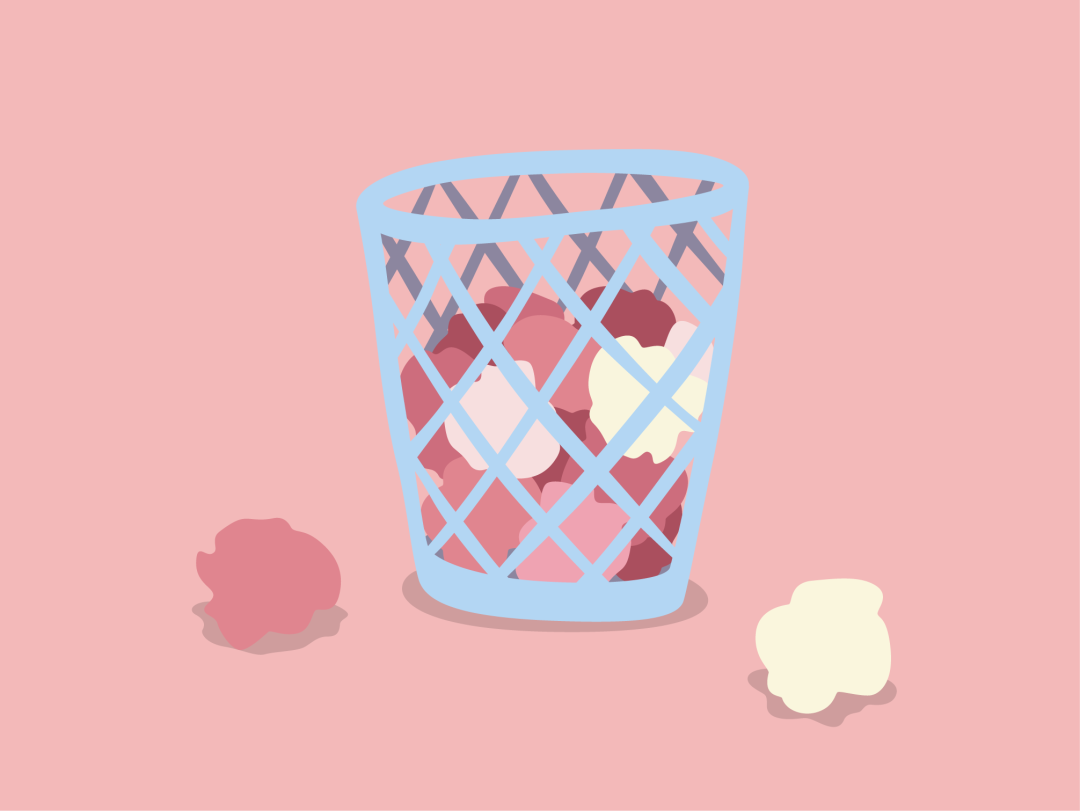Sign up to stay in the loop on new styles and sales!
Sign up to stay in the loop on new styles and sales!
#crowd-sourced
16 Things Nobody Tells You About Your Postpartum Body
health
·5 min read

by Katie Covington | 07/07/2022
Medically reviewed by Jen Mayer
If you're laser-focused on preparing for a new baby, it's easy to forget that childbirth is a transformative experience for your body, as well. Yes, there will be blood, but also strength and resiliency.
Postpartum body changes are a natural part of the healing process after giving birth. Many people experience physical changes such as stretch marks, while others experience changes that are not as obviously expected. Regardless of how your body reacts, postpartum care is important to help the body recover and adjust to all these new changes.
If we’re to love our postpartum bodies, we need to know what to expect. That’s why we asked new moms what they wished they'd known about theirs. Some, like hair shedding, are merely surprising, while others are indications that you may need more support. From hunger and hair loss to lingering pelvic floor pain, here's what to know about your postpartum body — and how to get support if you need it.
1. you might be starving.
"I didn't realize how hungry I would be after giving birth and in the first few weeks of breastfeeding."
What to know: So many birthing people crave hearty foods like a hamburger or pizza, or even things like sushi and soup. And then, with breastfeeding, it's natural to get very hungry and thirsty. I typically recommend having a little basket or caddy on hand that includes a quick snack, a filled water bottle, and other essentials you might want to have within reach. Some great quick snacks that people can eat with one hand while nursing include: oat and nut butter energy balls, food bars, or even something simple like an apple.
2. a C-section is major surgery.
"I wasn't prepared for having such a hard time standing up or picking up the baby after having a C-section."
What to know: C-sections are the only abdominal surgery where it's routine for people to take care of a baby afterward. It's a lot! The surgeon needs to cut through many layers of tissue and separate the abdominal muscles. It will feel sore for a while, so if possible, have someone who can bring the baby to you for feedings or when you sit or stand. Having family, friends, or help in the home and with the baby is necessary during the recovery process.
3. the first poop can be scary.
"I was scared to poop at first!"
What to know: After giving birth, it can be terrifying to poop for the first time. Things are feeling very sore in the vaginal and perineal areas. Things that can help include: stool softeners, taking your time, and focusing on breathing. Drinking lots of water can help, too. Using a step stool to bring your knees up closer to your hips in a squatting position while sitting on the toilet can help relieve some pressure while going number two. Instead of a step stool, some people like a Squatty Potty.
4. your uterus is still contracting postpartum.
"I wasn't expecting contractions after giving birth."
What to know: Contractions after giving birth are often surprising but totally normal. It is the body's way of ensuring the uterus stays nice and firm after giving birth, as the place where the placenta is located heals. All those blood vessels need to close up and heal. Postpartum contractions often occur with breastfeeding or pumping, as stimulation at the nipple causes the uterus to contract.
5. there will be blood — it’s called lochia.
"I wasn't expecting to bleed for as long as I did and wasn't expecting blood clots."
What to know: Lochia is vaginal bleeding that happens after a vaginal delivery or a C-section. Your body is getting rid of blood and tissue in your uterus that helped your baby grow. The heaviest bleeding typically occurs in the first 3–4 days. This bleeding is dark red and can include some blood clots, even up to the size of a plum at times. Then the bleeding gets a bit lighter and will be a pink/brownish color. How long postpartum bleeding lasts varies, but it can last 4–6 weeks.
6. you might swell, but it won't last long.
"After having so many fluids at the hospital, my face, hands, and legs were surprisingly swollen."
What to know: Oh yes, the IV fluid water retention is real! It's common to have IV fluids during labor and delivery at the hospital if you have an epidural, are given Pitocin to bring on contractions, or have a C-section. It can take a couple of days for the body to flush out the additional fluids, but it's definitely something to be aware of.
7. you might smell differently — it's for a reason.
"I had a distinct body odor in the first few weeks after having a baby."
What to know: Experts believe postpartum body odor is to help babies find their food source — the scent helps guide babies to where milk is (for breastfeeding babies). Hormonal changes can also cause a stronger odor than usual. It passes with time, but people have found it helpful to rinse off in the shower once daily (or more — I know, it's hard with a newborn!). For folks looking for a home remedy, applying things like lemon, lime, or apple cider vinegar on the underarms before taking a shower can help reduce some odor.
8. there might be tears — they're not all the same.
"I wish I had been more prepared for perineal tears. I only vaguely knew it could happen."
What to know: Perineal tears happen when the vagina needs to open more than the tissue can stretch during birth. Tears are pretty common when babies are pushed out quickly because the vaginal tissue doesn't have enough time to stretch fully. One thing to know about tears is there are different types. Some tears are superficial and heal quickly and easily, and some are deeper. I recommend that folks speak with their care provider after the birth, especially before being discharged from the hospital, to understand any tearing present and make a care plan. Some helpful things include rest, soaking in sitz baths, using Dermoplast numbing spray, applying witch hazel compresses, and allowing good airflow (perhaps sitting on a chux pad, or taking a break from underwear and pads). Keep in mind that the perineal area has excellent blood flow, which aids in healing. I also think it's an excellent idea for anyone who's given birth to meet with a pelvic floor physical therapist.
9. night sweats are real.
"I woke up drenched in sweat for the first few days."
What to know: Postpartum night sweats are often caused by decreased estrogen and progesterone hormones after giving birth. As a result, you might wake up in the middle of the night or the morning drenched in sweat. Have an extra set of pj's set aside to change quickly in the middle of the night or sleep on top of a bath towel, so you can easily swap it out in the middle of the night if you wake up drenched in sweat. Be sure to drink plenty of water, too.
10. there will be pee when you least expect it.
"Everyone jokes about moms peeing when they laugh, but I wasn't ready for the strong, sudden urges to pee after birth — and not always being able to hold it in."
What to know: Postpartum urinary incontinence is the bladder's involuntary full or partial release. It can look like dribbles or leaking of pee — more forceful when doing activities such as running or jumping, or involuntary movements like sneezing, coughing, or laughing. After pregnancy, there are many causes of urinary incontinence, and experts can't pinpoint precisely one cause. While postpartum urinary incontinence happens often, it's not considered normal. A pelvic floor PT can help!
11. you might not be ready to hit the gym like you used to, but you can focus on building strength and stability.
"Once my doctor cleared me, I didn't know what I was supposed to do to start moving my body again."
What to know: Attending the six-week postpartum check-up and getting a care provider's "all clear" can bring mixed emotions — perhaps some relief, but you could also feel overwhelm or even trepidation if you're not ready to jump back into your normal workout routine. I encourage all my clients who are new moms to seek a trained postnatal fitness instructor or educator online, work on diaphragmatic breathing, and engage the pelvic floor muscles and inner core muscles before jumping into a typical workout routine. Your back and pelvic floor will thank you for building a foundation of stability before returning to previous workouts! Plus, most of these classes are baby-friendly, so you can exercise right alongside your little one.
12. your abs might be MIA.
"Even as my bump receded, my abs were weak, and I had to build strength back over time."
What to know: You'll likely feel weak in the abs and core after giving birth, even as your postpartum recovery progresses. One thing to be aware of is diastasis recti — when there is a separation between the abdominal muscles down the center of your abdomen. You can do a simple assessment to see if you have a separation of your abs. Ways to build up your abdominal strength and repair a diastasis recti include physical therapy or working with a postnatal fitness specialist who can guide you through specific exercises to strengthen your pelvic floor, stomach muscles, abdominal muscles, and inner core muscles.
13. there may be scarring.
"I thought my six-week obstetrician appointment meant I should be "back to normal" by then — I wish I'd known what resources were available for healing after that."
What to know: The six-week postpartum check-up is a time for obstetricians to finish up their portion of care with a postpartum person. Typically this is all the care that insurance companies allocate. We know that the fourth trimester is still happening until 12 weeks postpartum. And even still, healing and adjustment to parenthood can take months or years beyond that. In the US, we don't have a formalized postpartum healthcare system. Otherwise, we'd likely see a specialized nurse practitioner for at least the first year postpartum, maybe even two years, to check on physical recovery, lactation support, pelvic floor assessments, and mental health screenings. This is an important topic to talk about to normalize the postpartum healing process and that people don't "bounce back" within six weeks.
14. you might shed some hair.
"I'd heard about postpartum hair loss, but I thought because my hair didn't seem to fall out right away, I was in the clear. Then three months in, it seemed to fall out all at once."
What to know: Postpartum hair loss doesn't happen right away. Hair has a natural cycle: a growing phase, a resting phase, and the shedding phase. During pregnancy, hair usually stays in the growing phase longer because of the high estrogen levels. After giving birth, estrogen levels drop, which triggers the resting phase for hair growth. Then 3-5+ months later, the shedding phase starts, which is why postpartum hair loss is delayed. Things you can do might include trying a new hairstyle or using some hair accessories like headbands or clips if you find you have little fly-away hairs.
15. sex will probably feel different.
"I was nervous about having sex."
What to know: It's normal to feel nervous about having sex after having a vaginal birth and even a C-section delivery. Your whole body might feel differently, and it can take a while to heal from giving birth. If there was any vaginal tearing that has been healing, it could be very nerve-wracking to think about penetrative sex. The postpartum period is a wonderful opportunity to explore ways to share intimacy and connect with a partner. You can explore non-penetrative ways of having sex or take your time and explore what feels differently or what feels good now.
16. backaches happen as you move in new ways.
"I had backaches as I tried to re-learn how to use and move my postpartum body."
What to know: You're using your body in new and different ways, picking up and carrying your baby, so people frequently have backaches. If someone is breastfeeding, that will add additional pressure to the back, depending on feeding positions. Some things to try are checking in on your body mechanics — how you're holding yourself when doing tasks like feeding or picking up your baby. Switching up positions to take some strain off your back can help. For breastfeeding, try the side-lying position, which can give the neck and back a break.
postpartum recovery essentials
Consider stocking your home, bathroom, and linen closet with essentials, so these postpartum symptoms don't catch you by surprise. They'll be handy when it can seem overwhelming to head to the store in the first few days home. If you give birth at a hospital or birthing center, ask your favorite nurse to help you stock up before checking out.
• Absorbent underwear: Plan for 3–4 weeks of heavy bleeding and 1–2 additional weeks of lighter bleeding or spotting. Washable, reusable, postpartum underwear and bladder leak underwear from Thinx can make you feel more like yourself when your period or bladder leaks return postpartum. Keep Thinx on hand for secure, comfortable protection — Super Hi-Waist is a belly-hugging favorite, while the Sleep Shorts are a game-changer for overnight coverage.
• Puppy pads: Have these on hand for diaper changes, night sweats, to place under you on the couch, bed, etc. as you heal,
• Witch hazel pads: These soothe tissue, help reduce inflammation, have antiseptic properties for preventing infection, stop minor bleeding, and provide relief for hemorrhoids.
• Mesh/disposable underwear: The hospital will provide you with these; it's smart to stock up on an additional week's supply.
• Periwasher: The hospital will provide one as well, but FridaMom has a great one that is angled and makes it easier to clean the area after urinating.
• Sitz bath: This warm, shallow bath encourages circulation to reduce swelling and promote healing. You may want to add Epsom salt and soothing botanicals like calendula, lavender, red raspberry leaf, yarrow, and comfrey. If you have itching stitches, add oatmeal.
• Postpartum clothing: You may want to have some leggings, nursing bras, and comfortable pj's on hand as you will be cycling through these regularly.
• Over-the-counter medications to have on hand: Tylenol and Motrin for pain relief, Colace for bowel movement support
supplies for nursing
Having a nursing kit or basket on hand makes it easy to have everything you need in the middle of the night. Delegate the task of keeping the kit stocked to a partner or family member.
• Nursing pads: Protect your bra from leaking milk and keep the nipple area dry and clean after nursing sessions.
• Nipple cream: Hydrate cracked nipples between nursing sessions.
*In the United States, the six-week postpartum check-up with an obstetrician typically screens for postpartum depression and clears people for sex and exercise. Nevertheless, your body may still be healing, so if you have specific concerns, be proactive and ask your OB or primary care provider for guidance; they can connect you with the resources you need.
Baby Caravan is a Doula Collective based in New York City. Baby Caravan provides a free service that matches parents with a curated list of available doulas, lactations consultants, placenta encapsulators, and birth photographers based on their due date, location, and preferences. Additionally, Baby Caravan provides a return to work coaching after parental leave and parental leave coaching for those planning their own leaves. You can connect with Baby Caravan on Instagram: @babycaravan
Jen Mayer (she/her) is the founder of Baby Caravan and Fully Funded. She is a Doula, Mom of 2, Financial Counselor, and Parental Leave Planning Coach. Since 2005, Jen has helped parents through the many transitions that pregnancy and new parenthood bring. She's passionate about paid family leave and helping families navigate and plan for those early months home with their baby. In her current work, she brings her years of experience as a doula, plus her training as a Financial Counselor, to help parents create a strong financial foundation for their family to thrive.
Katie Covington (she/her) is an editor and writer covering all things kids and family at Maisonette. You can find her and her son Hart @katiecovingtoncrane.
At Thinx, we strive to provide our readers with the most up-to-date, objective, and research-based information. Our content is crafted by experienced contributors who ground their work in research and data. Articles contain trusted third-party sources that are either directly linked within the text or listed at the bottom to lead readers to the original source.
by Katie Covington


